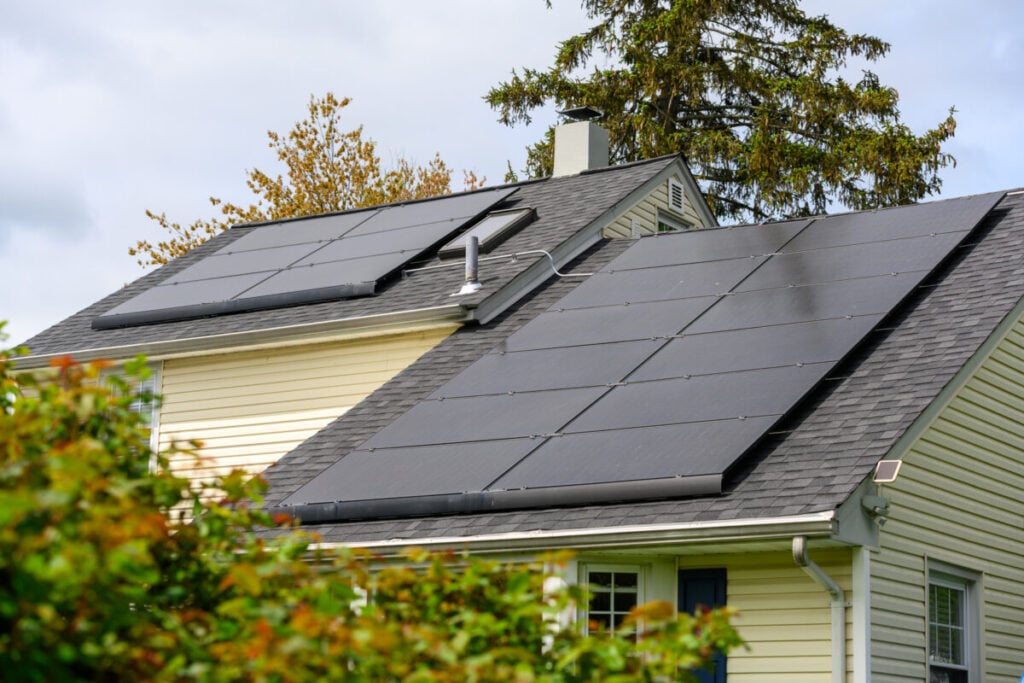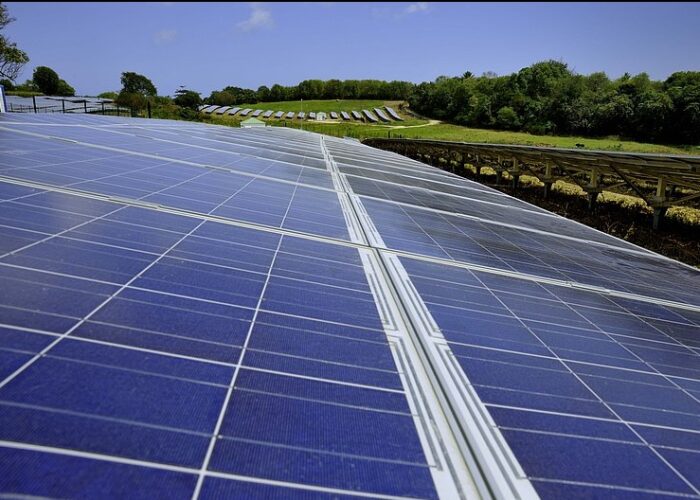
With talks of repowering nuclear power plants in the US to power data centres, virtual power plants (VPPs) can be an immediate alternative to cover the high energy demand required.
According to Chris Rauscher, head of grid services of virtual power plants (VPPs) at solar installer Sunrun, the faster deployment of VPPs—which are made up of a network of distributed energy resources, such as residential solar arrays and battery systems that work together to provide a variety of grid services—offer an immediate solution to other technological alternatives such as nuclear power plants or utility-scale solar.
Unlock unlimited access for 12 whole months of distinctive global analysis
Photovoltaics International is now included.
- Regular insight and analysis of the industry’s biggest developments
- In-depth interviews with the industry’s leading figures
- Unlimited digital access to the PV Tech Power journal catalogue
- Unlimited digital access to the Photovoltaics International journal catalogue
- Access to more than 1,000 technical papers
- Discounts on Solar Media’s portfolio of events, in-person and virtual
In an interview with PV Tech Premium today, Rauscher said: “Those [nuclear plants] are necessary solutions, but those are going to take years, maybe decades, whereas our distributed virtual power plant solution can be deployed today.” The use of VPPs to power data centres is a possibility that could open new possibilities for distributed energy in the residential solar and energy storage markets in the US.
Sunrun unveils New York’s ‘largest’ VPP programme
Sunrun has also sought to increase the reach of its current VPPs. Its latest was unveiled last week and is located in New York. In partnership with utility Orange and Rockland Utilities (O&R), a subsidiary of utility Consolidated Edison, the companies ran one of the state’s first distributed power plant programmes to supply energy to the grid.
The virtual power plant enrolled over 300 residential solar-plus-storage systems, which helped stabilise the grid during peak hours during the summer on dozens of occasions.
Under the program, Sunrun synchronised the discharging of the participating batteries to deliver stored solar power to reduce stress on the grid during peak hours. On top of that, the solar-plus-storage systems provided a source of backup power to the homes of participating customers.
“This is an important step toward the future of fortifying New York’s energy grid, utilising innovation to build a more affordable and reliable way to deliver power,” said Mary Powell, CEO of Sunrun.
Andre Wellington, director of Distributed Resource Integration at O&R, added: “Home solar-plus-storage is an innovative, flexible resource that can be called upon during times of stress on our electric system and O&R is happy to be part of this opportunity to advance New York State’s clean energy goals.”
The full interview with Rauscher regarding VPP use for data centres, EV bi-directional charging and upcoming markets can be read here.







